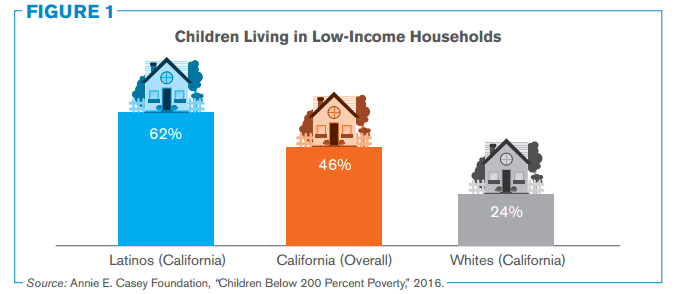National Council of La Raza highlights disparities in hunger and health outcomes for Latinos in California
diciembre 3, 2016
No ofrecemos comida. Aquí es donde puedes Encuentre comida gratis aquí.
No distribuimos alimentos. Encuentre comida gratis aquí.
我們不直接提供食物,但我們能幫助您找尋食物。

Yesterday, the National Council of La Raza published a profile of the nutrition landscape Latinos in California face. From their press release:
The profile found that Latinos are more likely than the state’s average resident to live in low-income households, experience inadequate access to food and have fewer healthy food retailers in their neighborhoods. These factors make it more likely that a person will develop a chronic health condition. Latinos in California are overweight or obese at higher rates and are twice as likely to develop diabetes than White residents.
“The disparities seen among household incomes and the availability of healthy food retailers in California play a role in the higher rates of hunger, overweight and obesity among Latinos. This takes a toll on Latino health, as it is difficult to stay healthy when you do not have enough to eat and have limited access to supermarkets and produce stands that offer a variety of healthy foods,” said David Thomsen, MPP, NCLR Health Policy Analyst and author of the profile.
Findings from “The State of Latino Nutrition in California: How Latino Children and Families Are Faring in the Golden State” include: